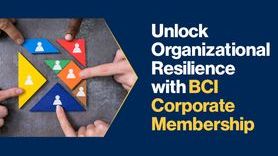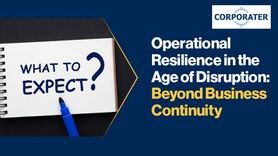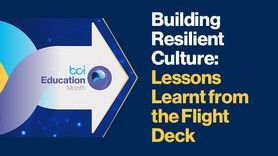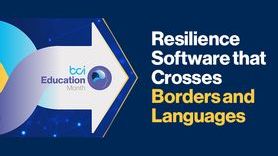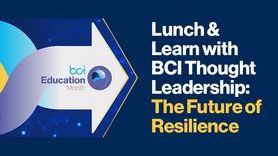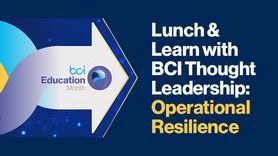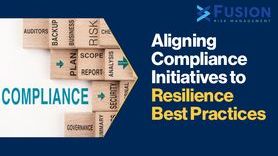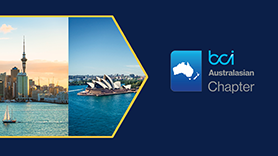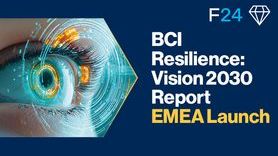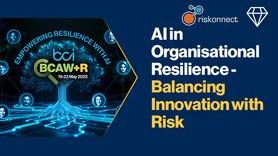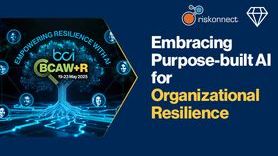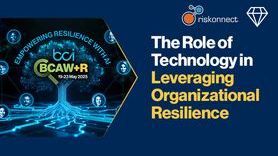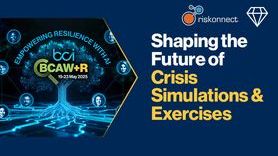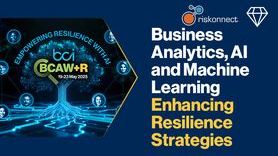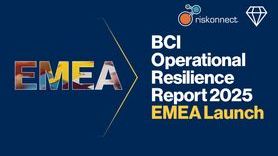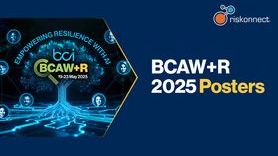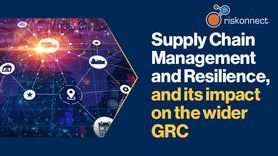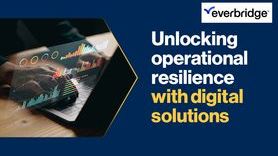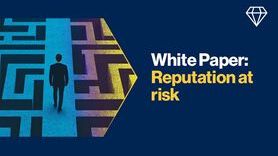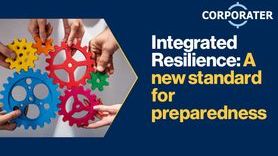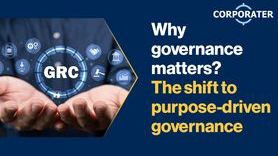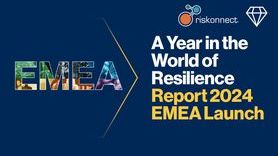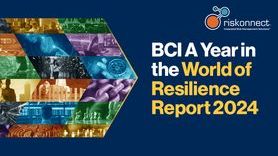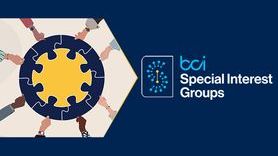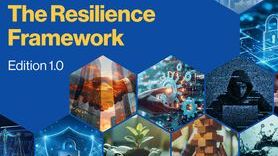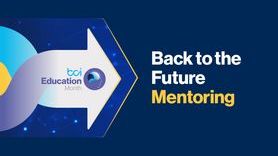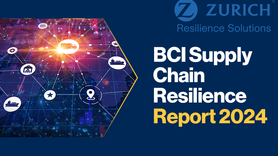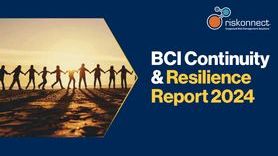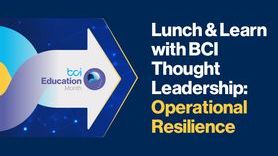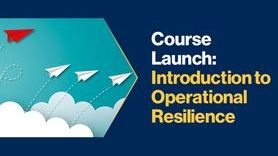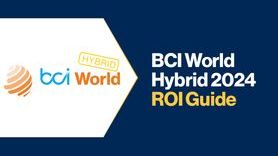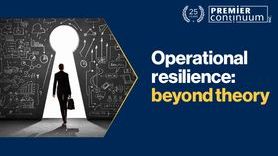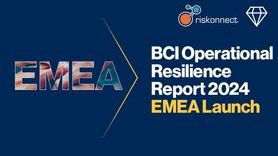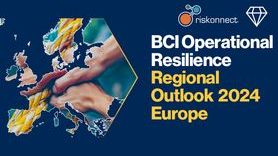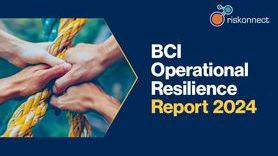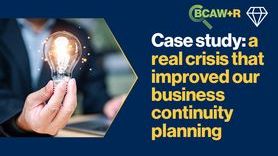A BCI WiR article: Resilience, a rapidly evolving profession
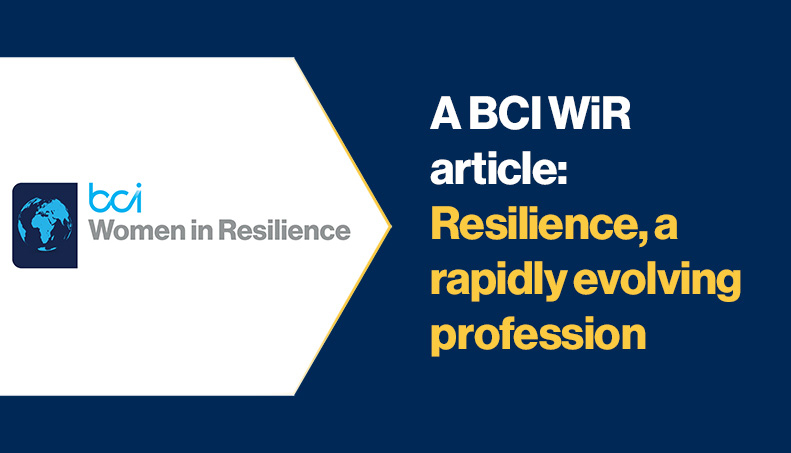
Successful resilience professionals continually adapt to the changing needs of our global workplace. Every year, new disciplines are added to the resilience umbrella and even more pillars are added under each discipline. There is a need for those in the resilience profession to keep their eyes firmly focused on the road ahead, while staying resourceful and efficient in daily planning, mitigation, and recovery response. One of the biggest challenges facing both incoming and seasoned practitioners is sustaining an acute awareness of evolving threats within the resilience landscape and developing new skills to effectively respond to them.
A brief history
Today, resilience is a recognised and respected as a primary component of successful businesses but just fifty years ago, resilience, as we know it now, did not exist. While the core components of resilience have been in place for many years, awareness of their existence has been highlighted as a result of global events.
Back in the 1980s and 90s, restoring data was a singular, focused function. The objective was to restore data from a primary location to an alternate data centre. The process started through replication of data onto back-up tapes before moving on to being able to successfully recover them at an alternate data centre. This was a significant leap. The new process became known as disaster recovery, but testing typically took place in an IT silo.
One of the scenarios that firmly placed disaster recovery on the map as an essential business process was Y2K. At the turn of the century, organizations were worried that computers might crash at midnight on New Year’s Eve as there was uncertainty surrounding IT systems’ capability to handle date fields changing from 1999 to 2000. Thankfully, there was a graceful failover of data into the appropriate date format, but the occasion highlighted to the world the importance of backing up data.
Another notable event in the trajectory of our profession was 9/11 in 2001. With such an unexpected loss of numerous lives, businesses and workspaces, the need to prepare for emergencies and source alternate business locations arose. However, the result of this tragic event was that two more resilience disciplines were showcased to a wider audience – business continuity and emergency response.
At the same time, facilities departments were still seen as bit of a red-haired stepchild, in that no one knew to which organizational downstream they belonged. Although, 9/11 showed how important it is for facilities to also be under the resilience umbrella.
Events such as 9/11 have also exposed the issue of personal information — from paper documents being strewn all over the streets to unsecured laptops being left in public locations — and the need to keep private information secure during a crisis. In addition, events such as 9/11 exposed the need to implement more stringent controls for people entering buildings. Therefore, the importance of two further disciplines was brought to the fore – information security and physical security.
As a result of 9/11 and other large-scale tragedies at the turn of the millennium, such as the Haiti earthquake, another critical need came to light, that of reliable communications. Losing contact and not having the ability to provide situational awareness in such crises spotlighted the critical need for timely communication (internal and external), meaning the value of crisis communications was understood.
As we can see, the resilience profession has experienced extraordinary growth since the 1980s and 90s. While this is good news for practitioners, the speed at which resilience has evolved presents some of its own obstacles. One of our biggest challenges is terminology. There is much confusion about nomenclature across different sectors and industries, and with little wonder since resilience disciplines now have their own specialties within specialties! Take third-party risk, for example, it encompasses both suppliers (partners who provide products) and vendors (partners that provide services). Within those two spectrums are additional ‘third-party’ layers, such as supply chain, procurement, risk, performance, management, and onboarding contracts. Going deeper still, due diligence needs to be performed to assess the capability of vendors to be resilient. Early indications are that the vendor resilience programme scope includes business continuity, technical disaster recovery, crisis management, and crisis communications. Furthermore, it is important that these two spectrums work collaboratively to ensure that an organization has a transparent and holistic approach (e.g. procurement should be aware of the importance of getting information about a new supplier’s business continuity programme before a contract is signed).
While terminology may be blurry, the need for resilience at the leadership table is clear! The importance of having an all-encompassing view across all disciplines became evident during the marathon response to the pandemic. COVID-19 sealed the deal for many resilience professionals. Now more than ever, leaders are aware of the advantages of establishing and maintaining resilience across organizations.
Looking ahead
As we pause for a moment to look in our rearview mirror, there is no doubt that each major incident, catastrophe, or critical event has shaped our profession. Yet together, as we face the challenges ahead, there is one constant that never changes – the need to prepare for the unexpected.
2023 has already seen its fair share of threats and challenges already. Ongoing cloud and digital transformation, value streams, fake news, geopolitical unrest, climate change, and disinformation are accompanied by newer acronyms such as AI (artificial intelligence), ML (machine learning), ESG (environmental, social, and governance) and DEI (diversity, equity, and inclusion). With all the knowns and unknowns ahead of us, there is no doubt that resilience continues to be a scalable profession.
As practitioners, we must find ways to continually evolve and rise above new hurdles and terminology. One of the ways we can do this is to develop even stronger relationships with both experienced and new professionals. The tech savviness of the incoming practitioners is the yin, and the steadfastness and experience of seasoned professionals is the yang. Together we have the perfect balance. When we take a moment to listen and learn from each other, new and seasoned resilience professionals have much to teach and absorb.
Whichever word you associate with resilience — robust, sustainable, buoyant, or long-term survival – it is here to stay! With all its twists, turns, and emerging threats, resilience is not your average profession. As practitioners we strive to achieve excellence during everchanging and uncertain times. The ability of an organizations to stay resilient should become a key strategic initiative to ensure a competitive advantage. The sky is the limit for our profession – it is up to us practitioners to collaboratively own it, shape it, and ensure it has a seat at the executive table!




